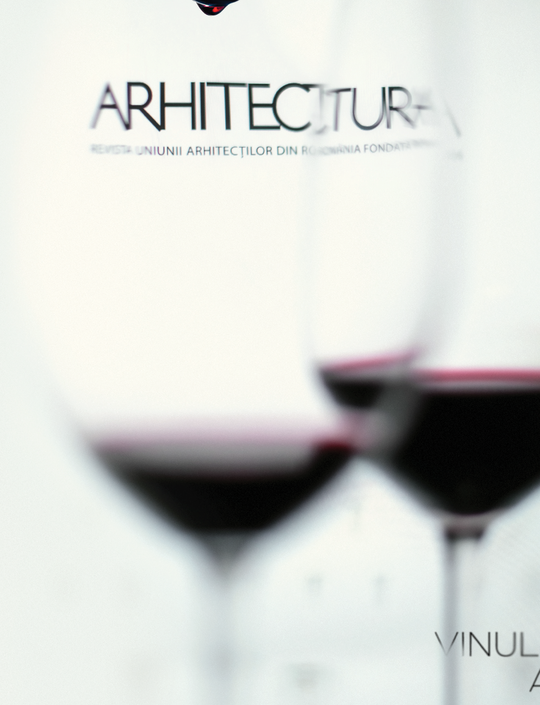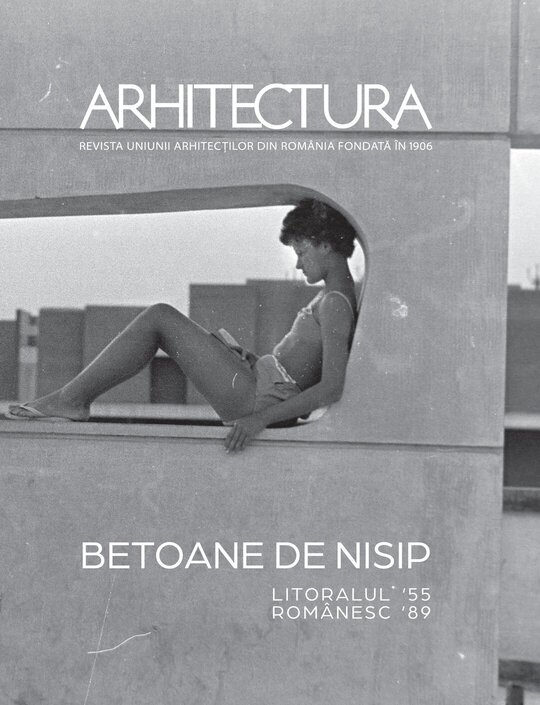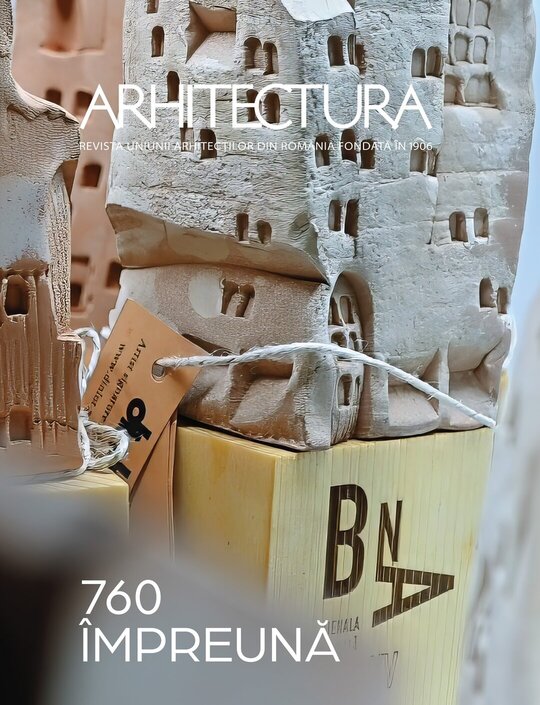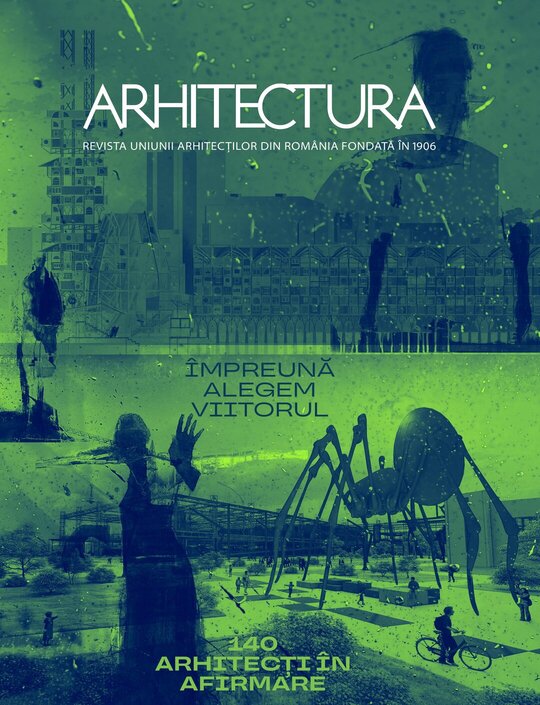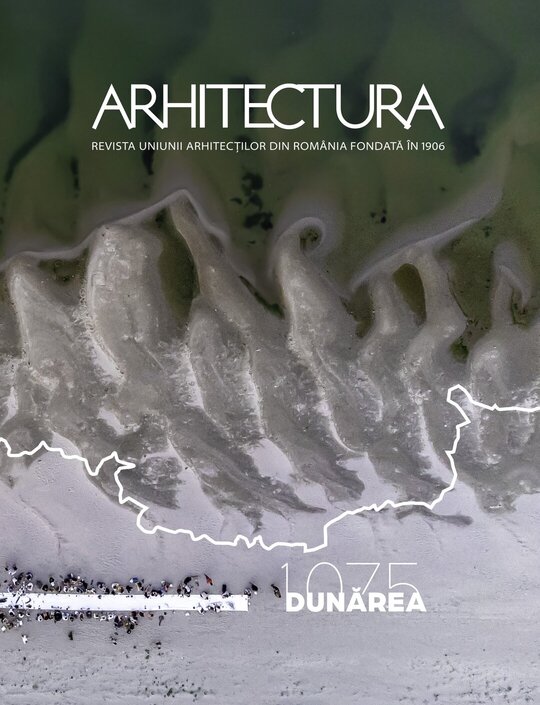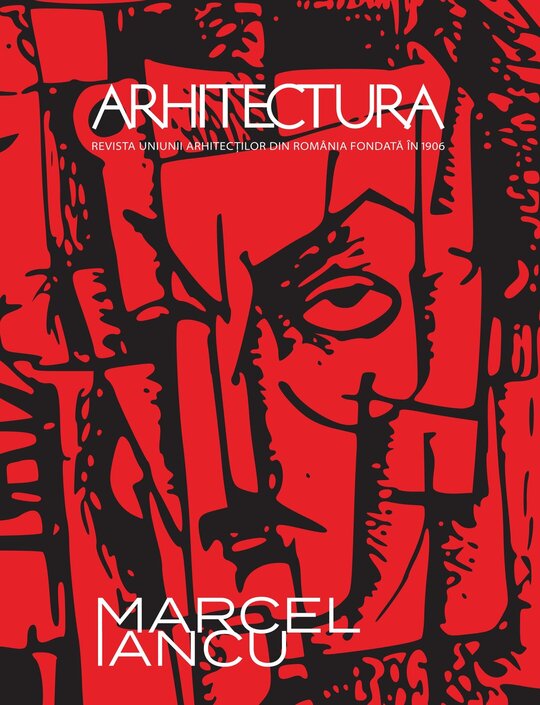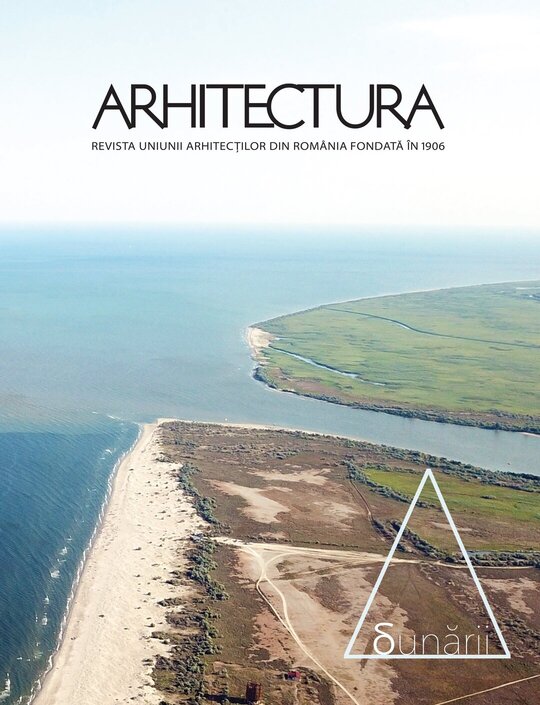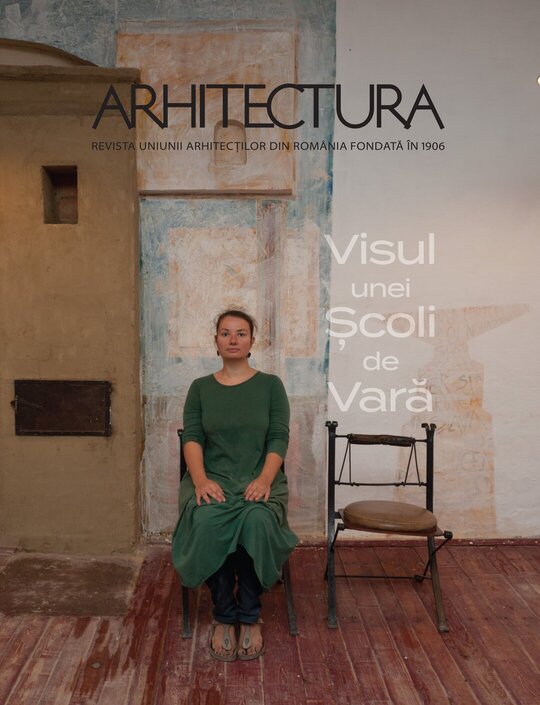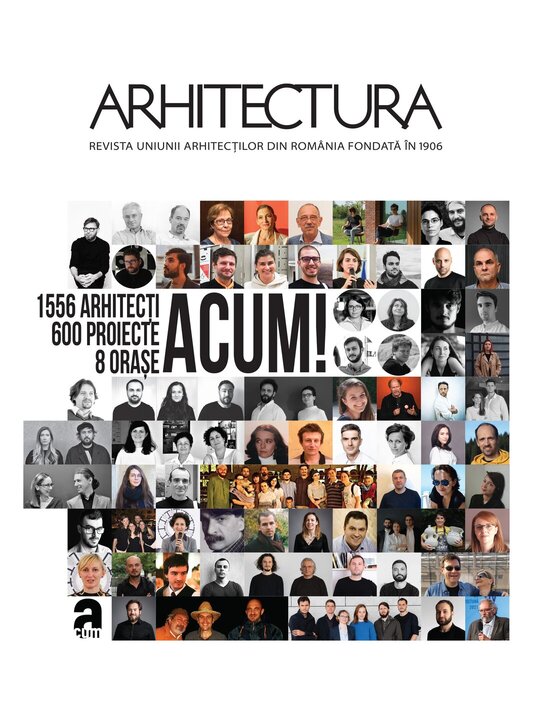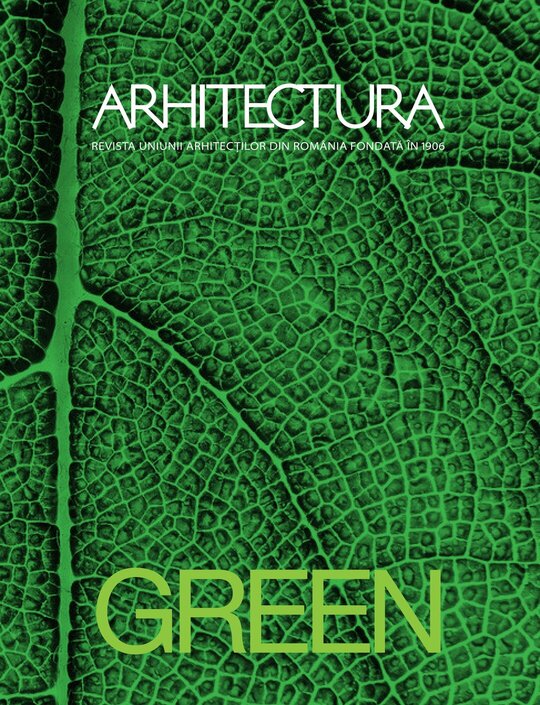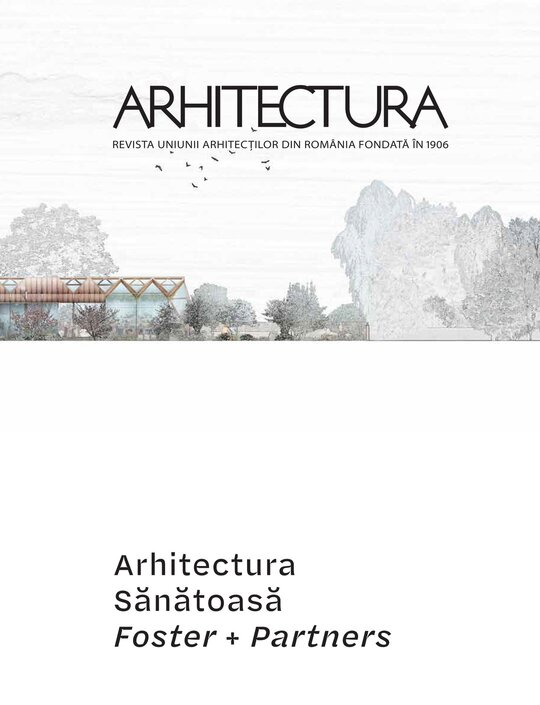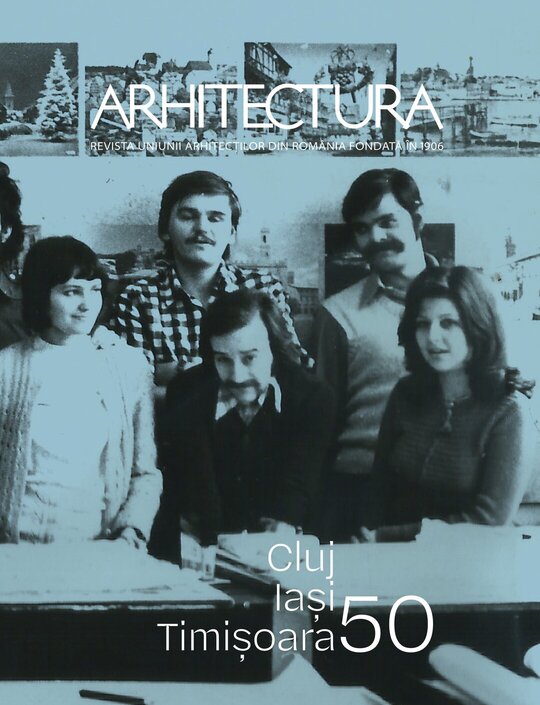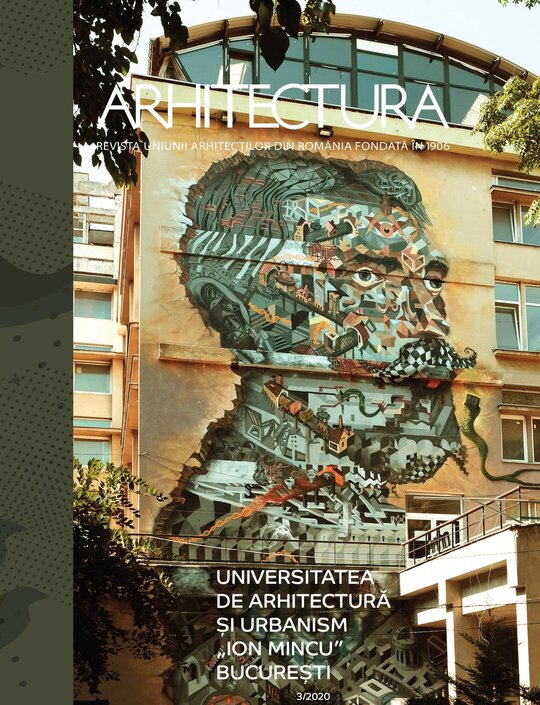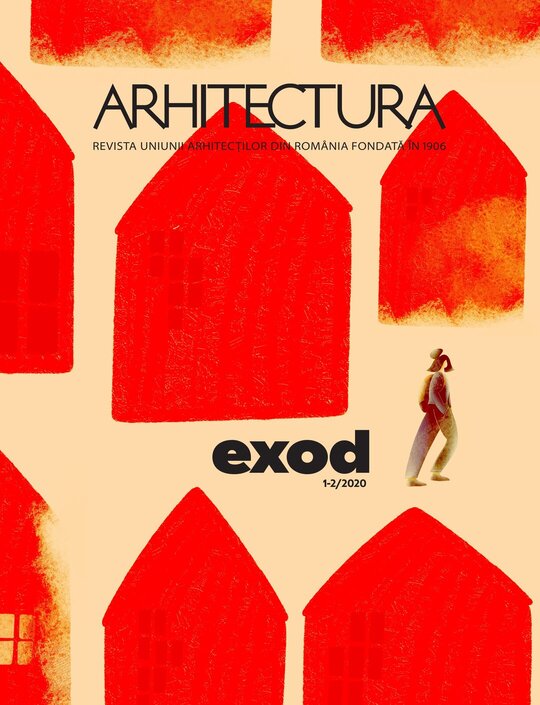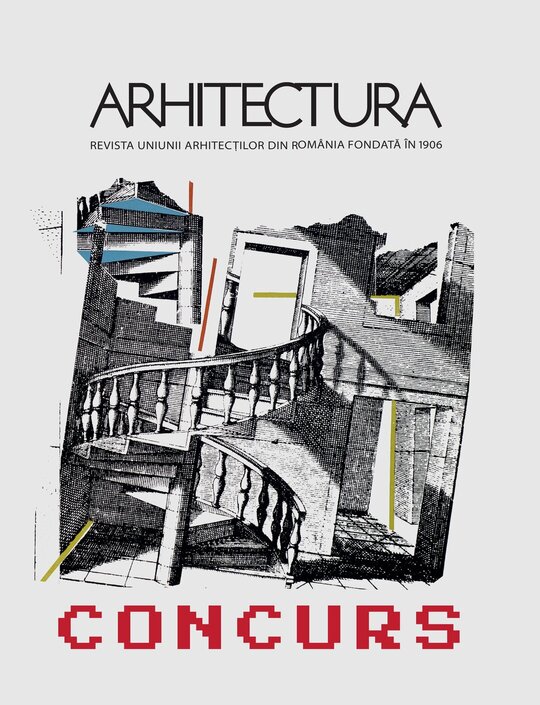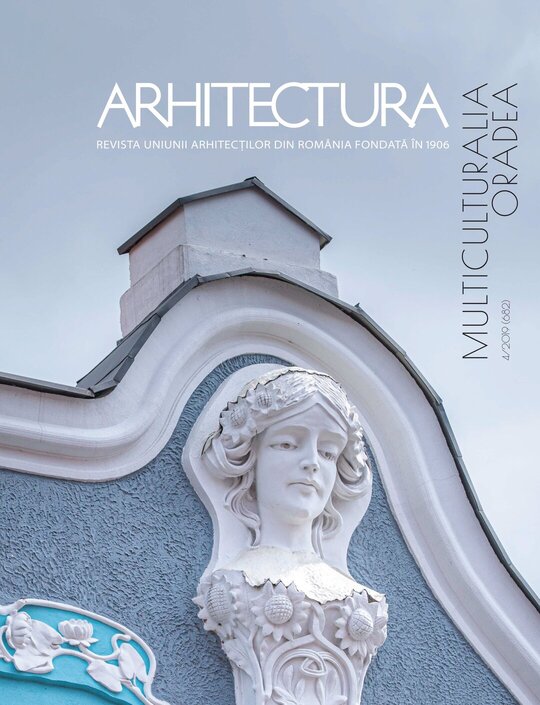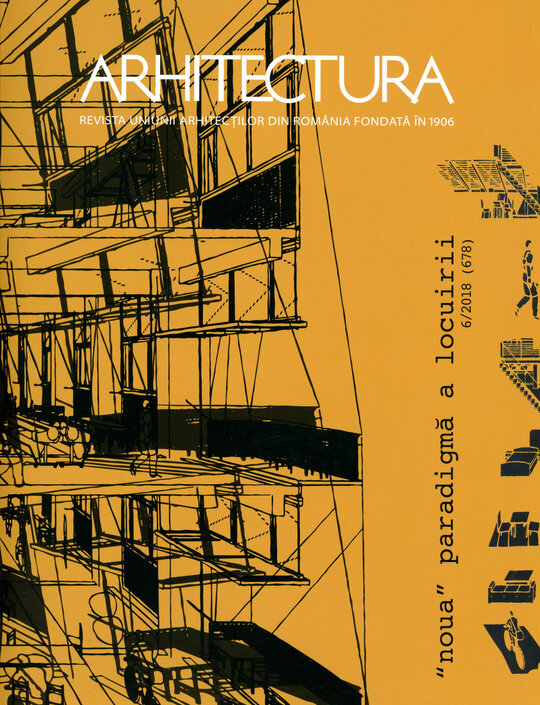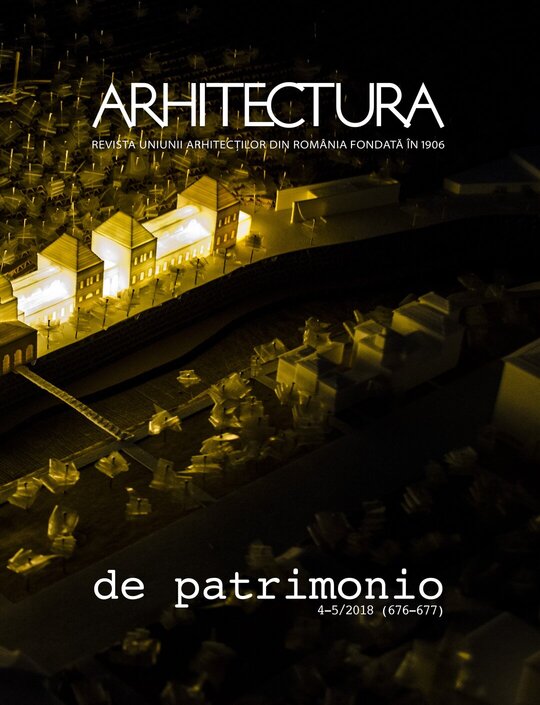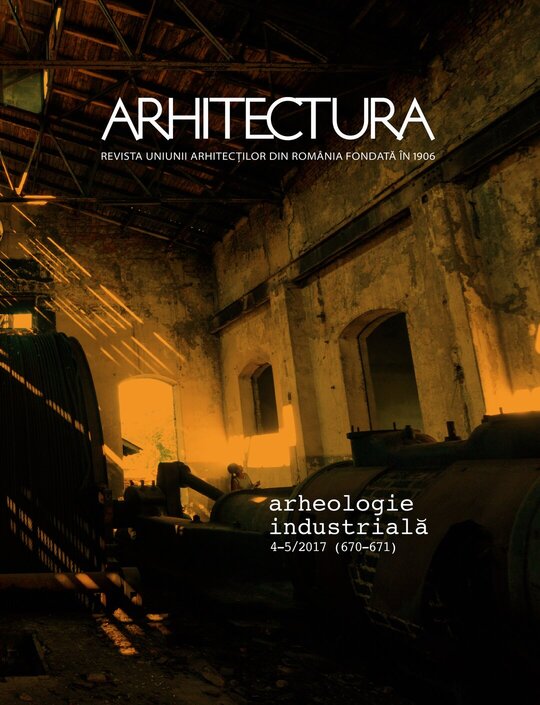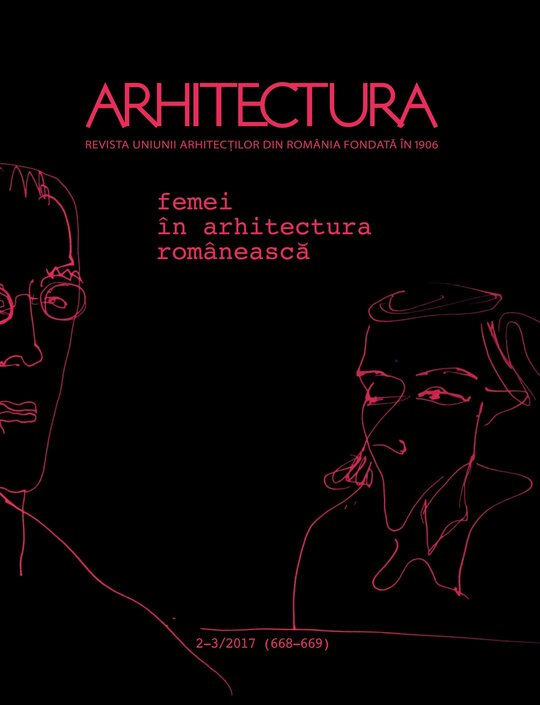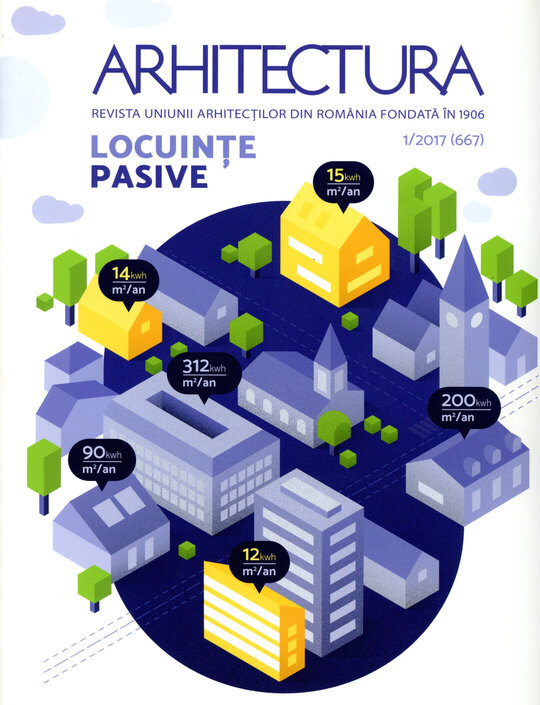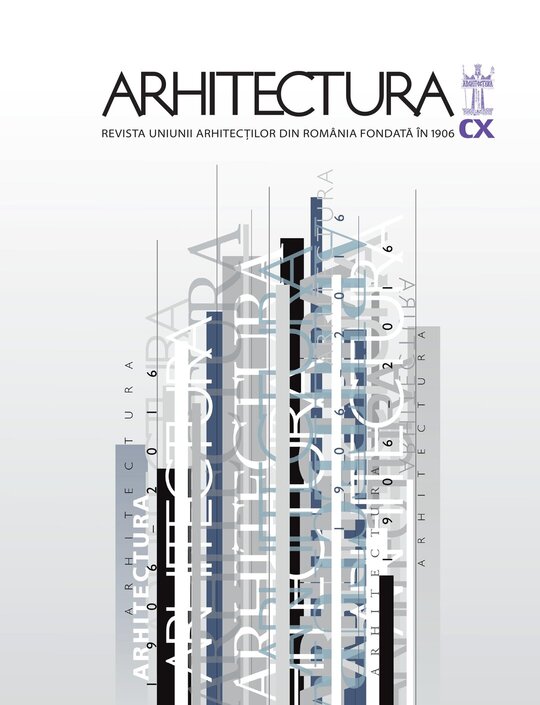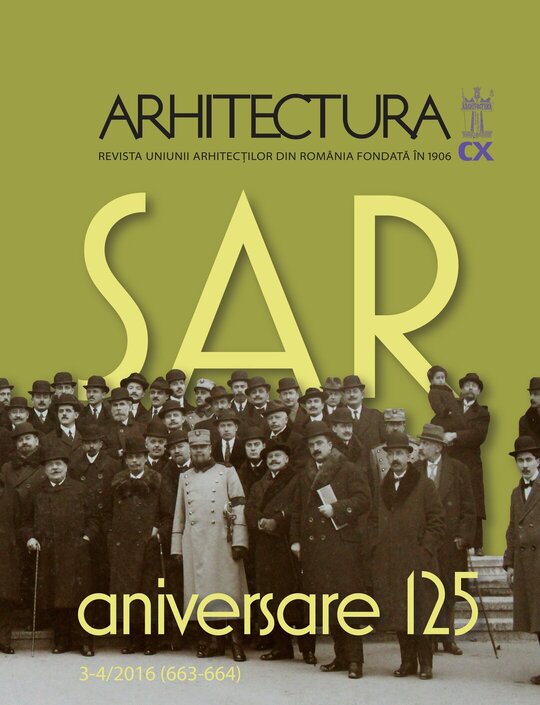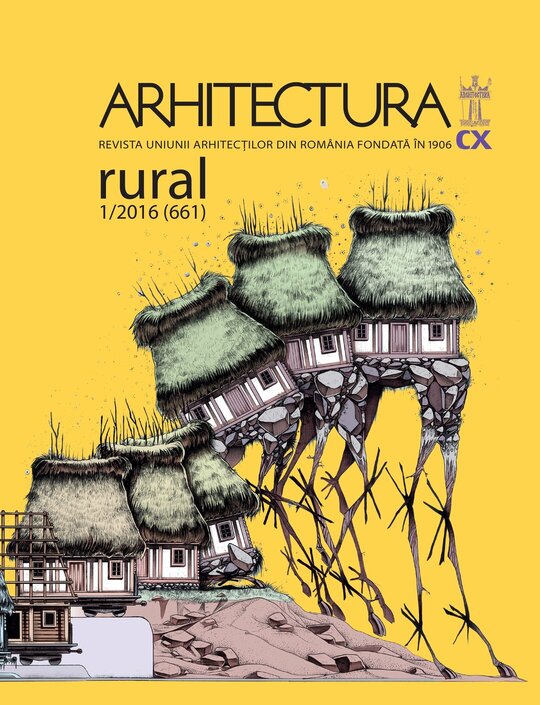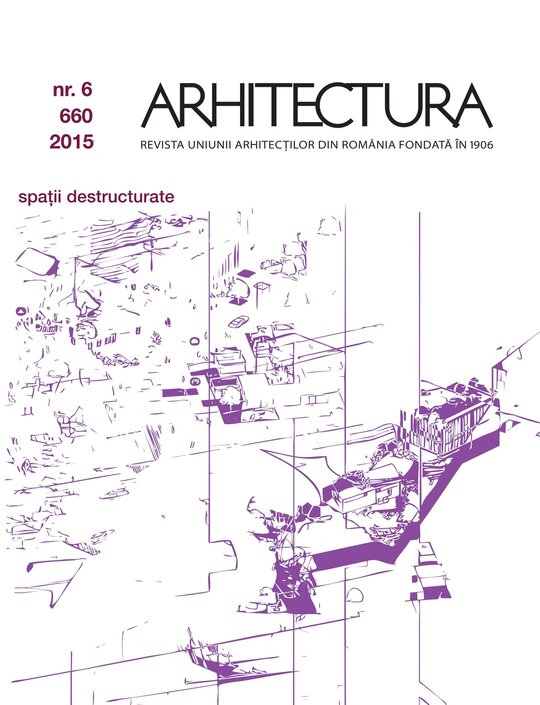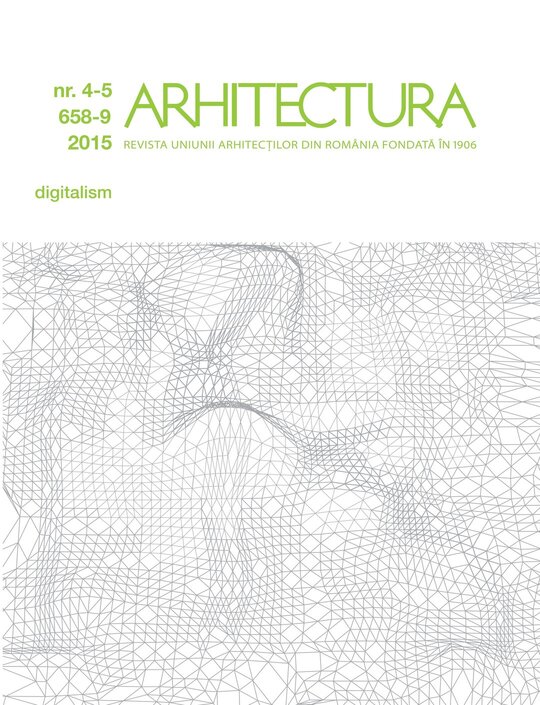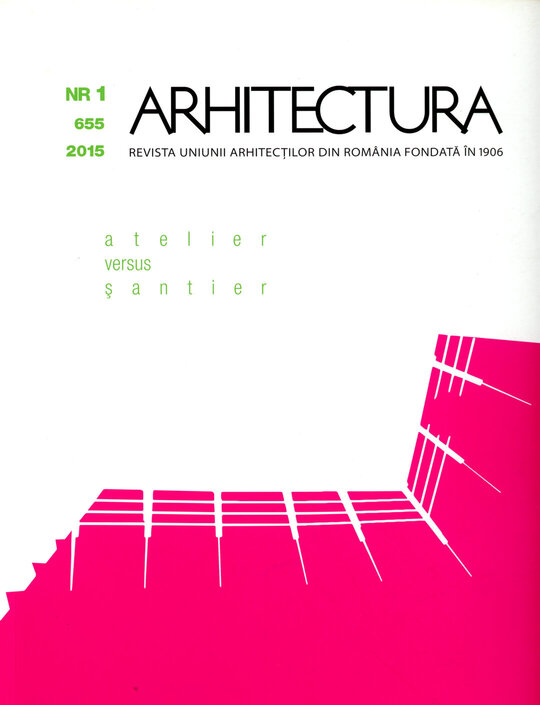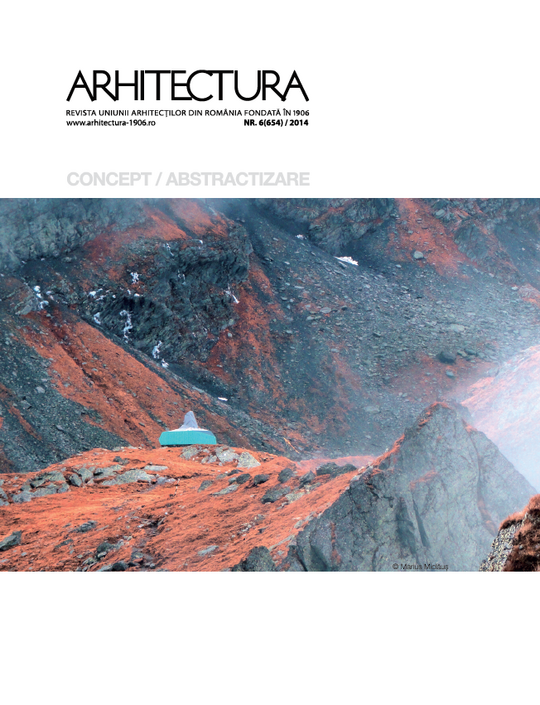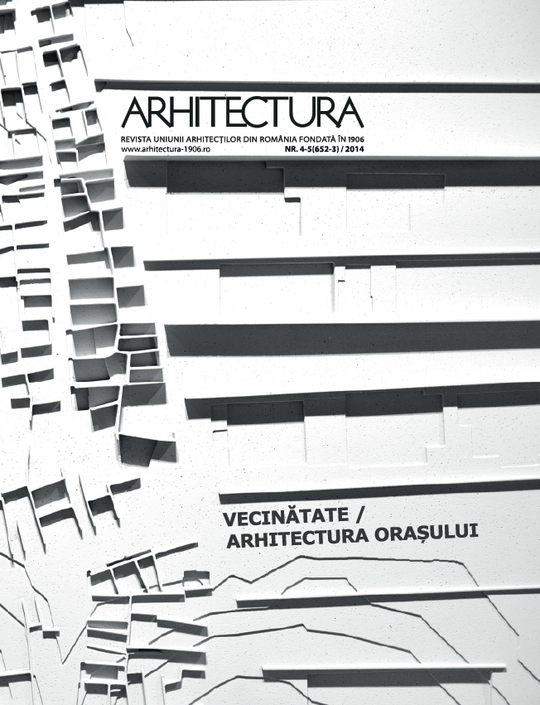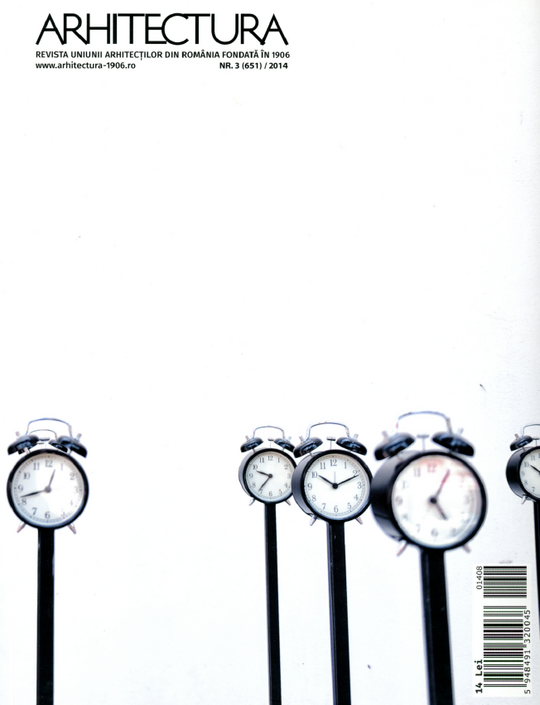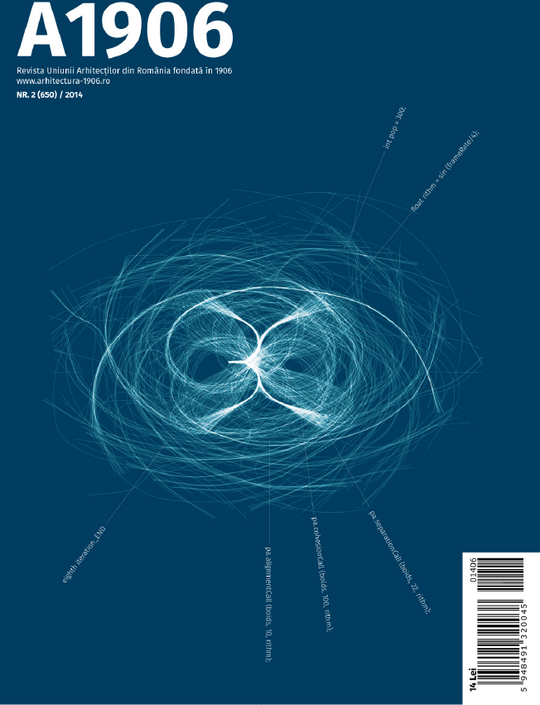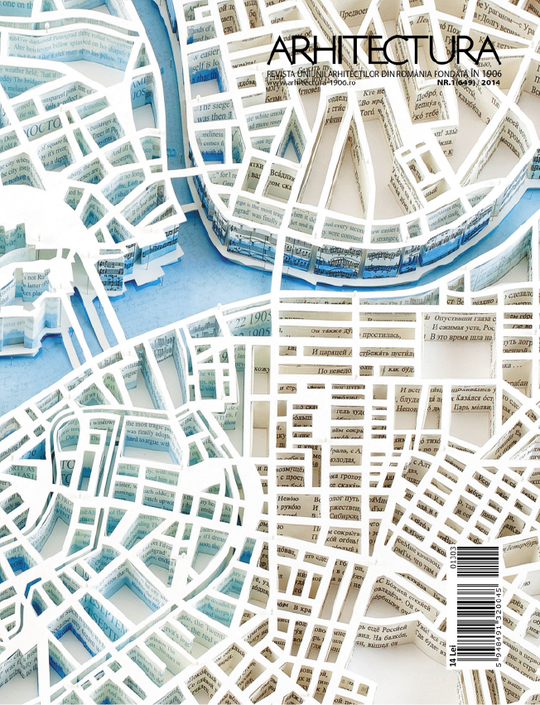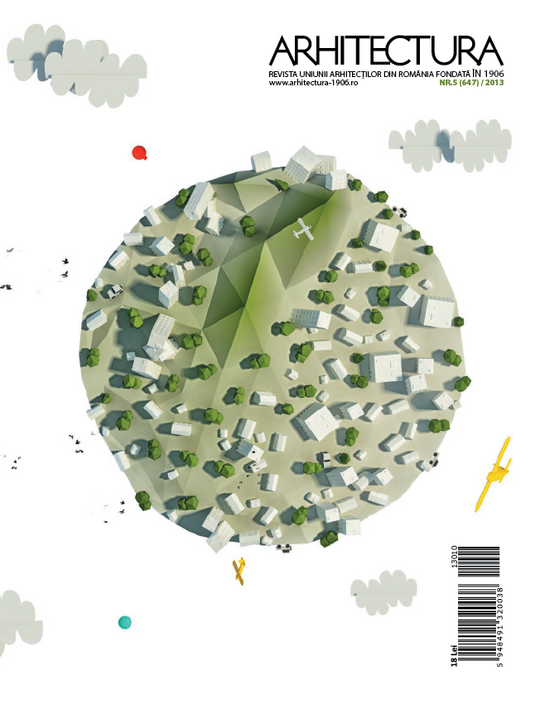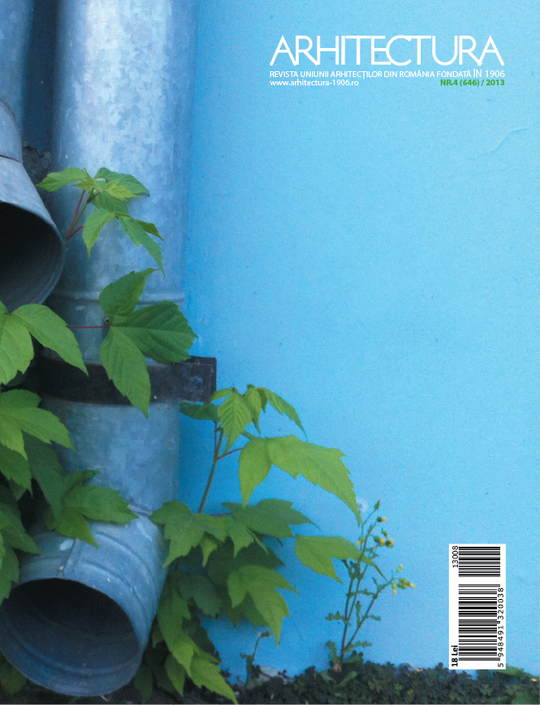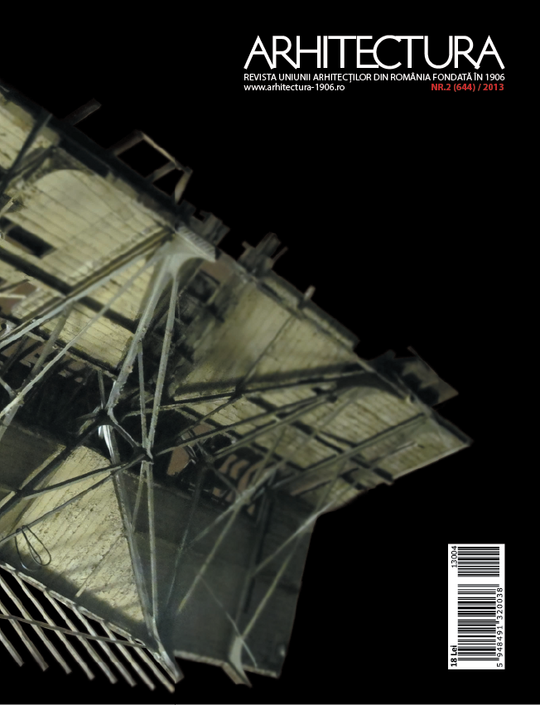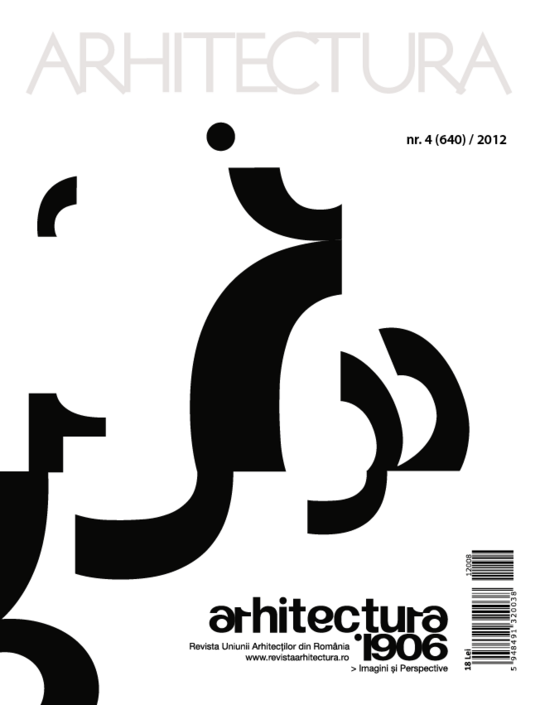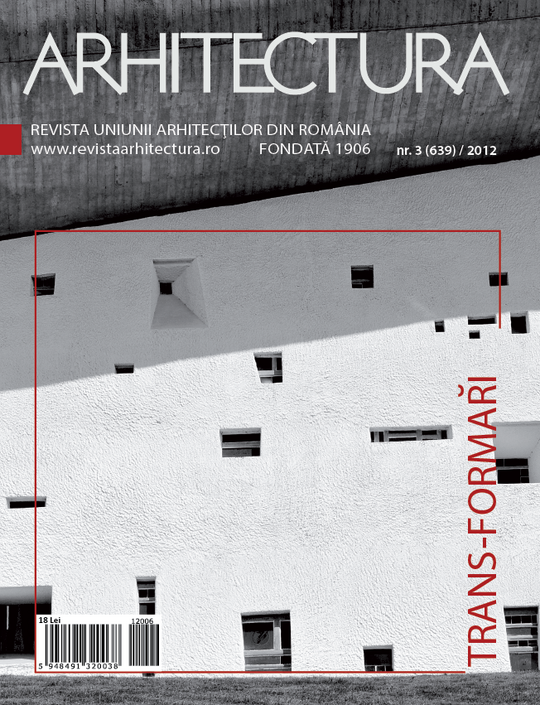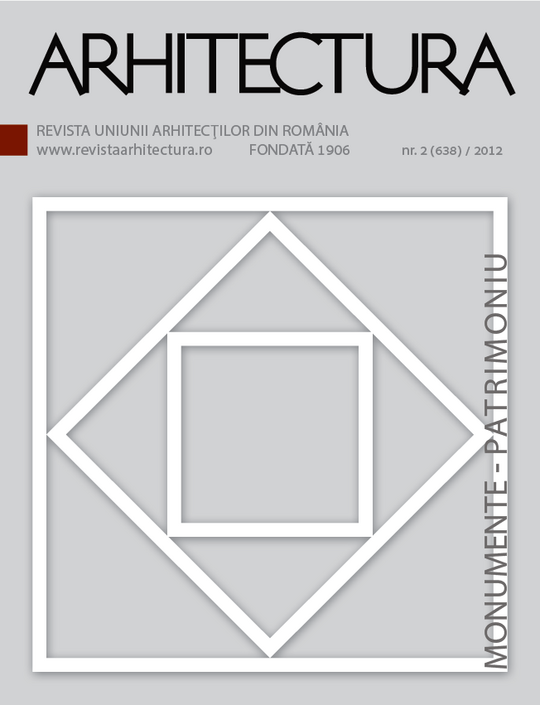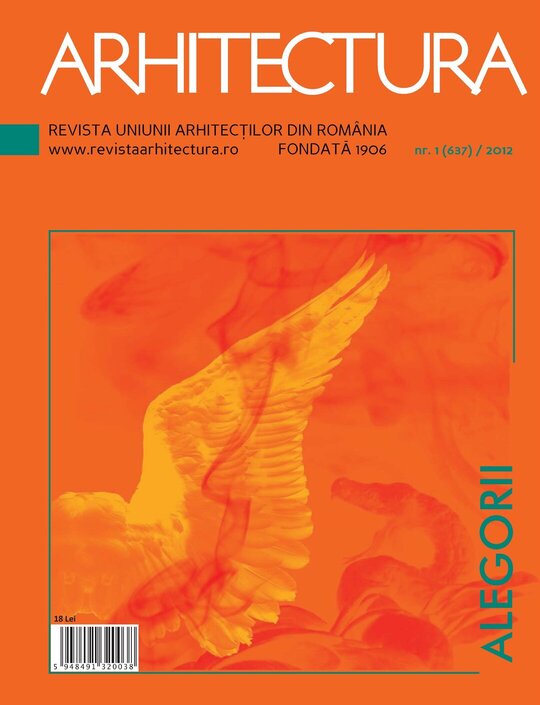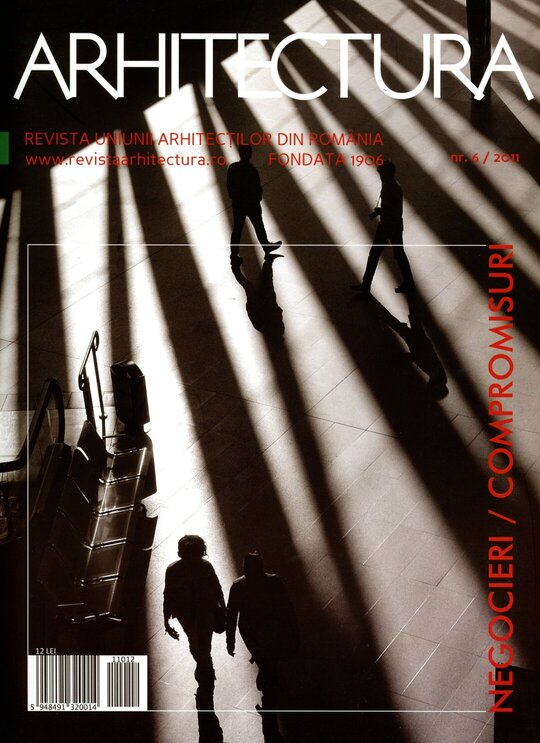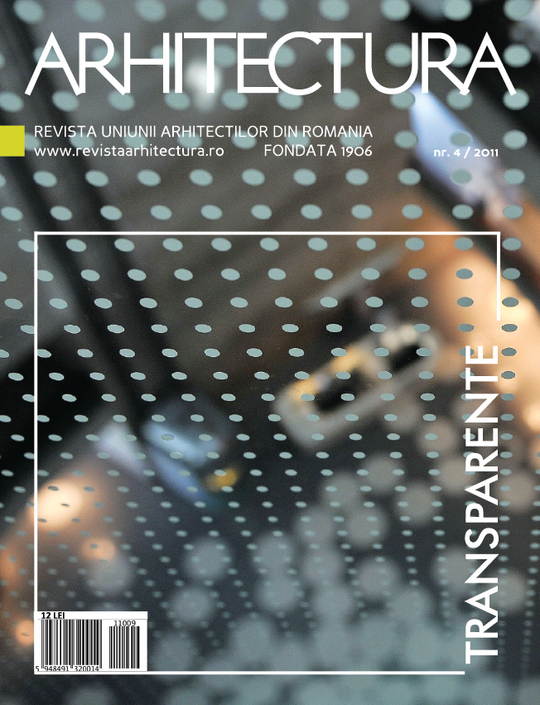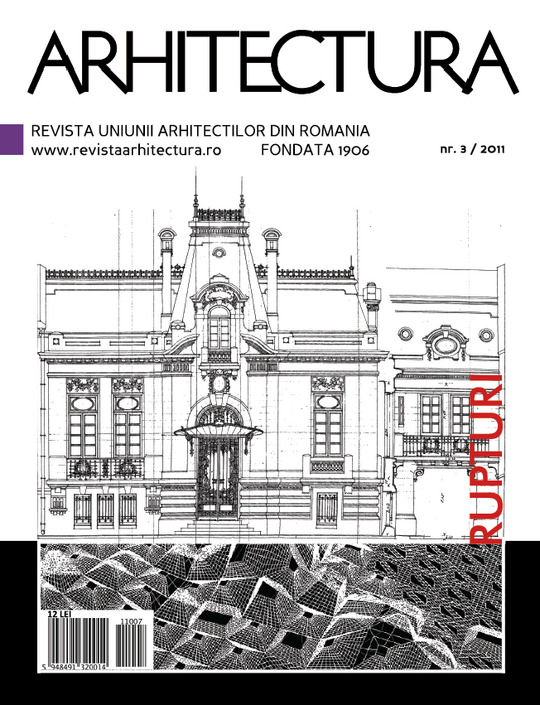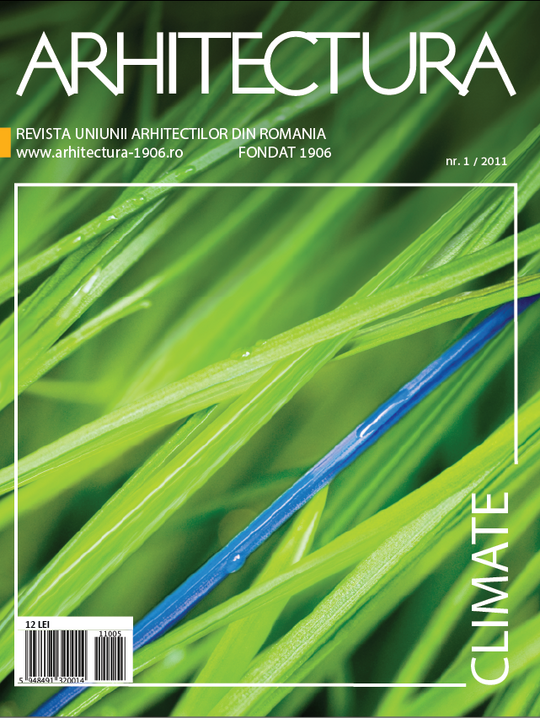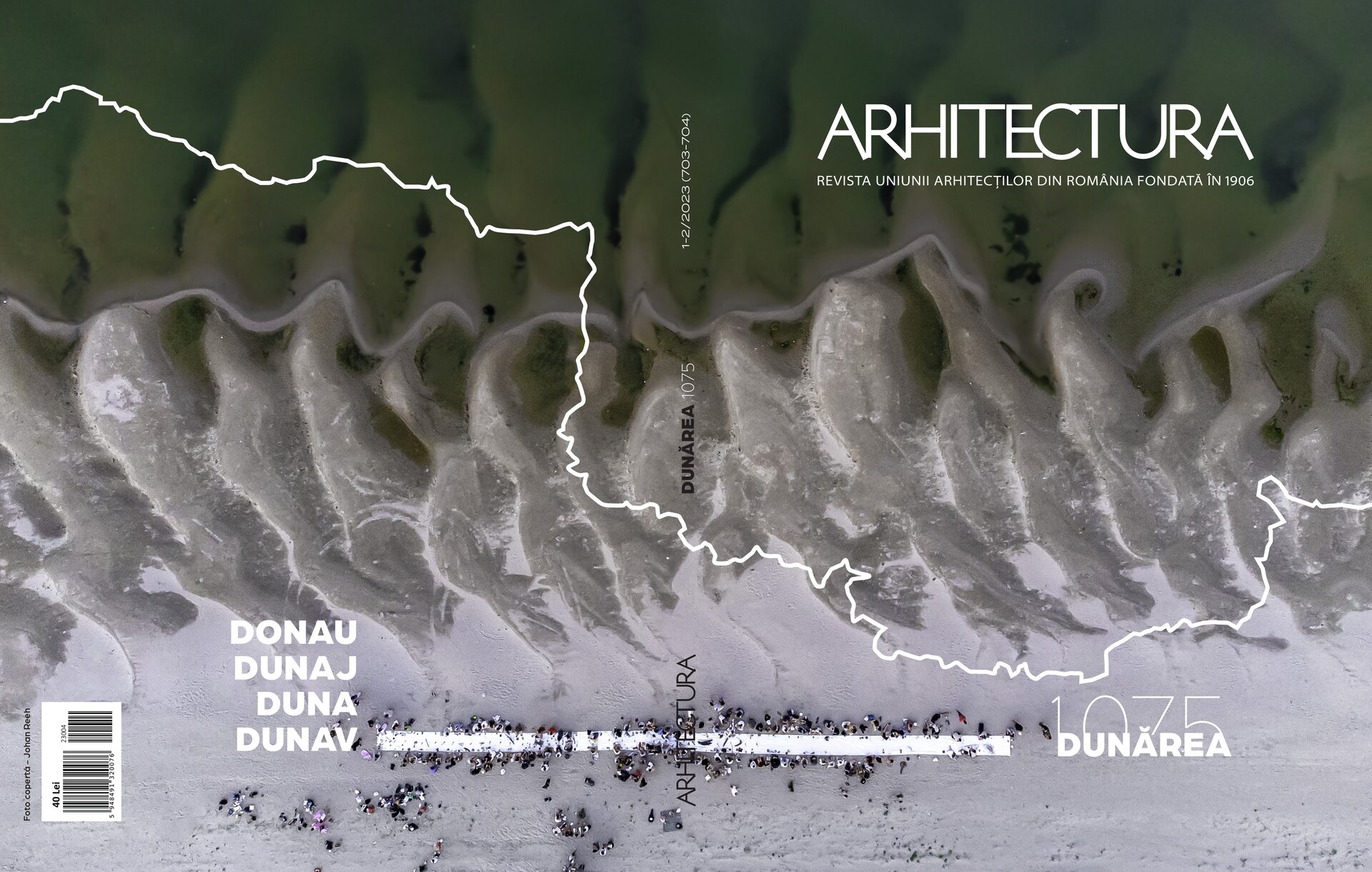
Arhitectura 1-2/2023 (703-704)
This issue is a collection of ways of exploring the Danube, designed to bring us together on its banks, participants at that table we see on the cover. A shore that has withdrawn its waters for some young people to stay close. The Danube. 1,075 kilometers of moving fluid border on whose shores we have stood for thousands of years. Are we Romanians Danube people? Or has this border imposed a boundary within which we live? But is a river really a border? Do we, as a people, have shared memories of the Danube, or rather singular ones? And which place on the Danube do we talk about when we speak? If we close our eyes, so that we can remember better, what image does memory together with imagination weave? There are many questions we wanted to answer by taking a journey through time and space. Methods of analysis can be diverse: architecture, urban planning, photography or poetry. We zoomed in and zoomed out in history, in maps and in our minds as you do on Google Maps when you want to see the Danube's route from its source to its mouth. I was amazed to discover how little we know and how seldom we reach its banks. On its waters even less. We visited its springs, towns, islands, bridges and banks with the intention of getting to know it. There's a lot to learn in a thousand or so kilometers. The history of the shore towns and their possibility of development analyzed in student projects. European programs, summer schools or workshops designed to bring us together. Virtual and physical cultural bridges. Water courses that each year create islands and change shores. Dozens of metal sculptures made from the remains of former industries guarding its flow.
- 7 1.075 km
- 13 The too patient Danube
- 21 Under the star sign C.E.D.
- 40 The Danube Boundary in Romania
- 47 Danube Urban Front
- 58 An Englishman on the Danube
- 62 Inge Morath's Danube
- 72 Back to the Danube
- 85 Peripheries of the Danube
- 93 The Traveling Poem
- 101 Microhouse
- 109 Holiday home
- 119 Systematization sketch 1960-1965
- 131 Challenges ahead
- 138 The story of Ada Kaleh Island
- 145 Future for a sunken landscape
- 147 A hydromorphologic approach
- 155 Double measurement
- 161 The subjective urban
- 165 Cultural harbor
- 166 The bridge of our indecision
- 175 Facing the Danube
- 183 EASA 1:1
- 187 Livable co-city
- 194 3 Smoked Olives®
- 199 The land beyond the tarns
- 209 Per dictam viam Braylam
- 215 11,000 sirens
- 219 Galicians of yesteryear
- 225 The Fisherman Restaurant
- 228 Metaphors in metal
- 229 The fisherman hunter
- 239 A magical world
- 241 A river of stupidity
- 242 Aegyssus
